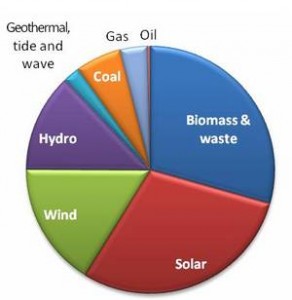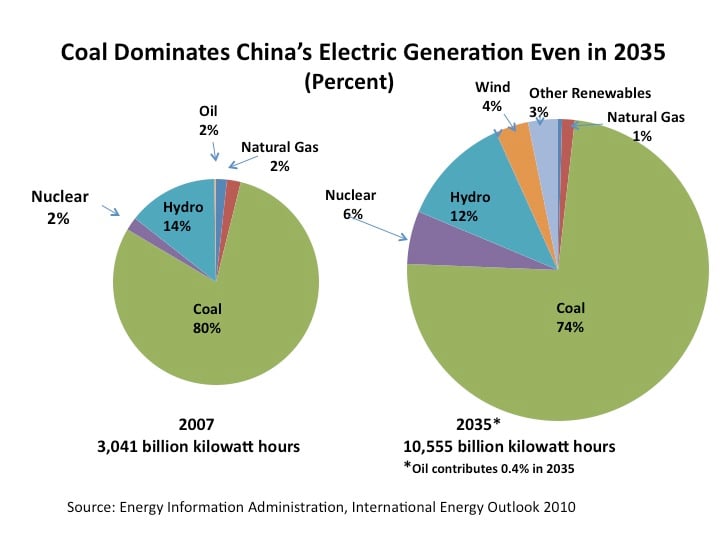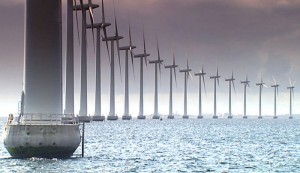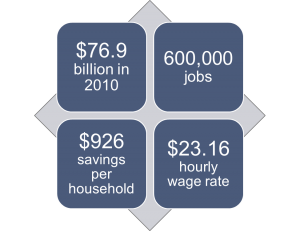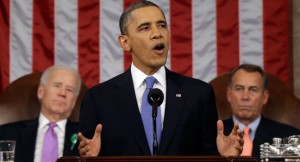Oil and natural gas are the primary sources of energy in our world today, and they will clearly remain so for decades, if not centuries. Nevertheless, oil and natural gas will slowly begin to take up less and less of the energy pie and become replaced by more efficient renewable energy sources. As I discussed in my last blog post, the wind power industry is already growing at an incredible rate, increasing by about 30 percent each year. Still, various additional energy sources are constantly booming throughout the world, changing the way the world functions.
Many people actually oppose the progression of wind power, and instead argue that power provided by the ocean is the true solution to the energy crisis. While wind power is very limited and inconsistent, waves and tides are constantly being produced by the wind and gravitational force of the moon. While specific methods of how to actually transfer waves into electricity are still being explored, it is clear that ocean waves are a clean and renewable source of energy with a tremendous potential of generating electricity. In fact, it has been discovered that “the density of the energy that is transported under the waves under the ocean surface is about five times higher compared to the wind energy 20 meters above” (Maehlum). So, if fully exploited, the ocean has the potential to supply about 40 percent of the entire world’s power supply.
Another fast growing industry is solar power, which currently only produces 0.1 percent of the world’s energy, but is expected to grow to 10 percent within the next 20 to 30 years. As the manufacturing and accessibility of solar cells improves, solar power will surely be implemented throughout millions of homes and businesses in the United States and throughout the rest of the world. The rapidly decreasing solar costs and rising utility rates for electricity also make solar power much more appealing to investors and customers.
While these commonly explored energy sources, along with various other forms of energy continue to expand on a large-scale, the thing that is truly going to change the world is how renewable energy can improve on a smaller scale. Throughout the next few decades, power sources are likely to move much closer to the home, causing local energy to boom. Homes and businesses, especially those gifted with lots of sunshine, wind, or strong rivers, will begin producing their own energy, which will deliver energy from as well as to the home. This shift to “smart infrastructure” is bound to occur throughout each type of energy source and particularly with solar or hydro-power. For example, as hydro-power begins to develop in America, it won’t be massive like the Hoover Dam, but micro-hydro, only providing power to select areas. Areas such as sub-Saharan Africa, which are still unconnected to large scale energy grids are even more likely to take advantage of such local-level options within the near future.
The various solutions to the energy crisis that are constantly being explored and advanced provide the world with a bright, promising future. However, the alternative energy sources do not end at solar, wind, and nuclear power. New ideas could also turn into future energy sources. Within the next century, we could see sugar, feces, or even algae providing power to our cars, homes, and technologies. With all of these new developments, it is possible that by the time the world’s oil reserves finally dry up, we will be prepared for a future without fossil fuels.
http://energyinformative.org/wave-energy/
http://www.economist.com/node/11580723

